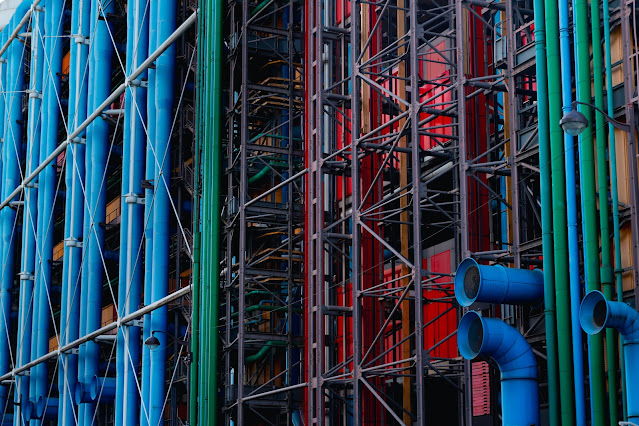The Tax Implications of Digital Nomad Lifestyles for US and Canadian Citizens

As remote work becomes more accessible, many U.S. and Canadian citizens are embracing digital nomad lifestyles, living and working in different countries throughout the year. While this lifestyle offers freedom and adventure, it comes with complex tax responsibilities that digital nomads must understand to avoid costly surprises. Here’s an overview of the tax implications for U.S. and Canadian digital nomads and tips on managing them effectively. 1. U.S. Tax Implications for Digital Nomads The U.S. taxes its citizens on worldwide income, regardless of where they live. This means that U.S. digital nomads must report and pay taxes on their global income every year. Here are key tax considerations: Foreign Earned Income Exclusion (FEIE) The FEIE allows U.S. citizens living abroad to exclude up to $120,000 (as of 2023) of foreign-earned income from U.S. taxation, which can significantly reduce the tax burden. To qualify, you must pass either: The Physical Presence Test (330 days in a...





